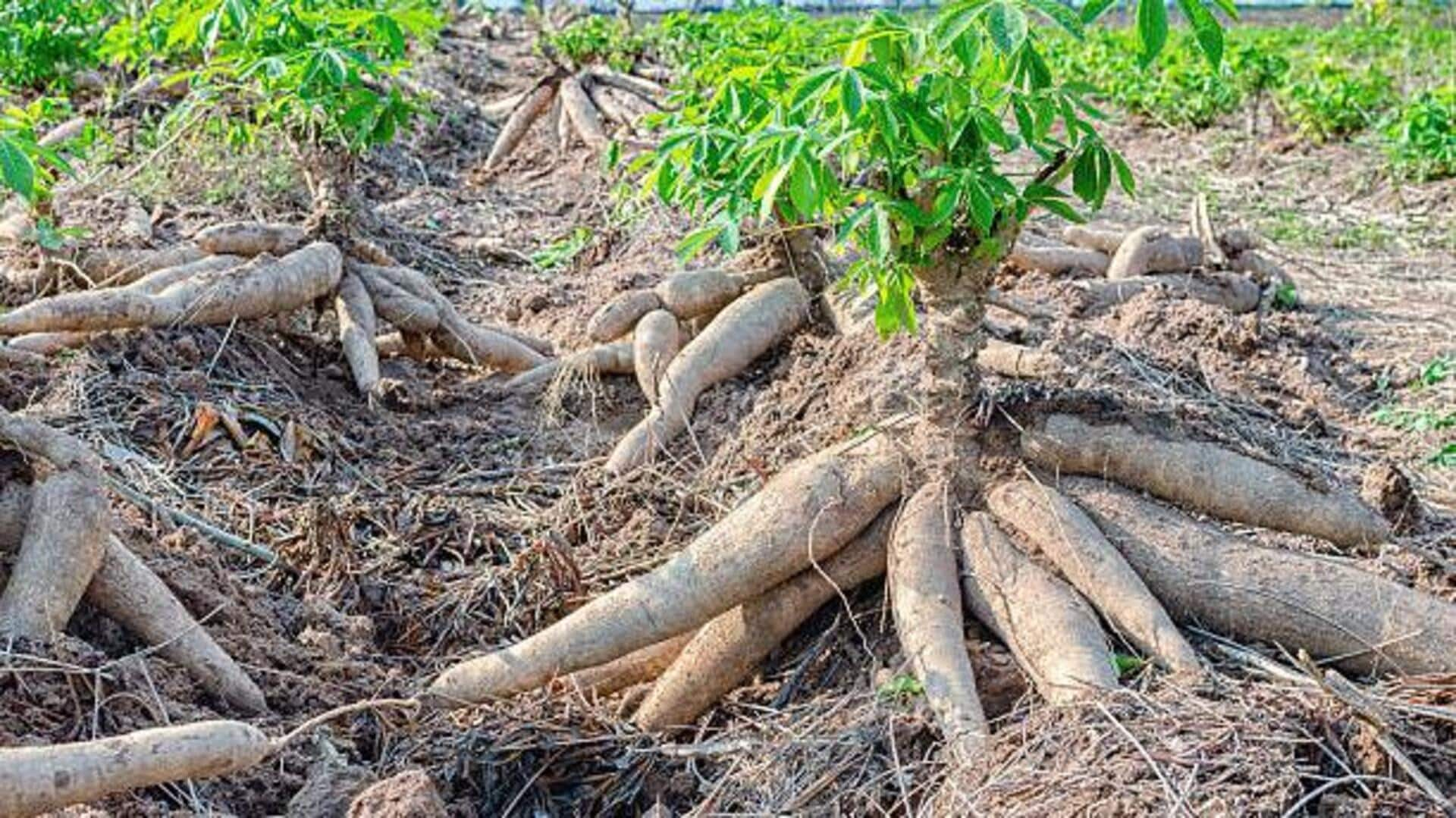
Cassava farming: 5 tips to boost productivity
What's the story
Cassava, being a staple crop in many African countries, serves as a critical source of carbohydrates. Learning about traditional African farming techniques can improve cassava cultivation, resulting in better yields and sustainability. These practices are based on generations of knowledge of agriculture and work well with the local environment. Farmers can use these techniques to maximize their cassava production while preserving the ecosystem.
Tip 1
Selecting the right variety
Choosing the right cassava variety is critical for successful cultivation. Different varieties exhibit different resistance to pests and diseases, and yield potential. Farmers should also take local climate and soil types into consideration when selecting a variety. Speaking to local agricultural experts or extension services can provide valuable insights into which varieties do best in specific areas.
Tip 2
Preparing the soil
Proper soil preparation is key to healthy cassava growth. Start by clearing the land of weeds and debris, then plow or till the soil to improve aeration and drainage. Adding organic matter like compost or manure can improve soil fertility, promoting robust root development. Keeping the soil pH between 5.5 and 6.5 will also help support optimal growth.
Tip 3
Planting techniques
Planting at the right time and correct spacing are essential in maximizing cassava yields. In most regions, you should plant it at the beginning of the rainy season to ensure adequate moisture levels for germination. The cuttings should be spaced around a meter apart to provide sufficient room for the roots to expand without competing for nutrients.
Tip 4
Pest management strategies
Effective pest management is critical in shielding cassava crops from insect damage such as mealybugs and mites. Integrated pest management strategies involve regularly monitoring fields, using natural predators like ladybugs, and applying organic pesticides when required. Rotating crops with legumes can also help break pest cycles while enriching soil nitrogen levels.
Tip 5
Harvesting practices
Timing your harvest right ensures you get maximum quality yield from your cassava plants, usually eight months to two years after planting. This varies by the variety you chose, as mentioned above. Digging up roots carefully ensures you don't damage them, making them rot during post-harvest storage. This keeps them fresh for longer before consumption or sale in markets, where this nutritious crop is in demand.